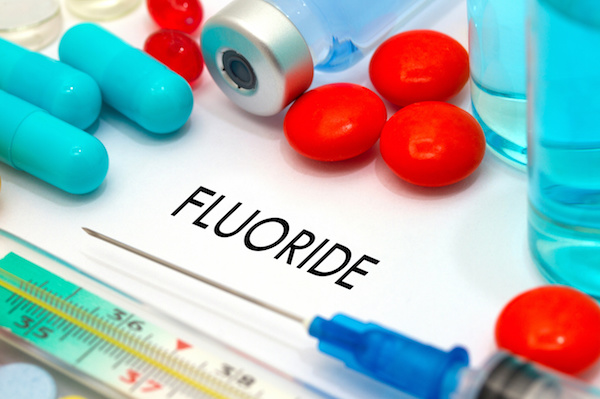
Understanding The Use of Fluoride in Dentistry
In dentistry, fluoride has been used to combat tooth decay for the past five decades. The time-tested mineral can be used to discourage the development of dental caries in people of all ages. At this Melbourne, Florida dental practice, we routinely use fluoride to restore the strength of our patient’s enamel and fortify their teeth in between professional cleanings.
How Fluoride Protects the Tooth Enamel
Fluoride helps to protect the enamel of both children and adults. In children, fluoride can integrate with the tooth structure as the teeth are forming.
Fluoride is available in varying concentrations in the food and drinks that a child consumes. As a result, the fluoride in a child’s system can help strengthen the developing teeth before they even erupt. This systemic benefit is based on the dietary availability of fluoride as a child’s body is developing.
Once the teeth have fully presented, fluoride maintains a crucial role in the protection from decay. As the teeth are topically exposed to fluoride, the substance helps remineralize tooth enamel that has been compromised by oral acids. Thus, fluoride can help reverse early damage from tooth decay. When a tooth is exposed to bacterial acids, important minerals, such as phosphorus and calcium, are leached from the tooth. The removal of vital minerals from the tooth enamel causes cavities to form. When topical fluoride is applied, the fluoride ions draw the dissolved minerals back to the tooth’s surface and connect with them to form more tooth enamel. The new tooth enamel created with the fluoride is more resistant to acid damage than the original material of the tooth.
Sources of Topical Fluoride
Fluoride can be obtained through a wide variety of sources. Here are several ways that topical fluoride may be accessed.
Consuming Fluoridated Water
Although all natural water sources typically contain fluoride. The ion is often intentionally added to many public water supplies. This increases the fluoride levels in the water to a threshold that is sufficient for protecting the teeth. Backed by 70 years of scientific evidence, fluoridated water is deemed both effective and safe.
Before water was fluoridated systematically, people were more susceptible to tooth decay. Studies show that the addition of fluoride to community water sources yields a 25 percent reduction in dental decay among adults and children.
Fluoride Toothpaste
In order for toothpaste to display the ADA seal, the product must contain fluoride. Three varieties of fluoride are often added to toothpaste. They include sodium fluoride, stannous fluoride and sodium monofluorophosphate. All three fluoride compounds are effective at helping to prevent tooth decay. To ensure that the teeth are properly exposed to the fluoride in a toothpaste, dentists recommend brushing with a fluoride paste twice-daily for at least two minutes per session.
Children below the age of three may use any fluoride toothpaste. However, the amount of the product used should be significantly smaller than that utilized by an older person. Prior to the age of three, the amount of fluoride toothpaste used during brushing should be no larger than a grain of rice.
Between the ages of three and six years old, children can use a slightly larger amount of fluoride toothpaste. However, parents should still limit the amount, adding no more than a pea-sized portion of the product to the child’s toothbrush.
Because the over-consumption of fluoride can be dangerous, it is important for parents and guardians to regularly supervise young children during brushing sessions. The swallowing of large amounts of fluoride toothpaste can lead to fluorosis, which can be an extremely harmful and fatal condition.
Mouth Rinses with Fluoride
Fluoride mouth rinses can also be added to an oral health regimen to ensure that the teeth remain decay-resistant. The products can reach deep into the crevices of the oral cavity to expose all portions of the tooth enamel to fluoride. Still, mouth rinses that contain fluoride are usually only recommended for adults and children who are six years old or older.
Fluoride Supplementation
Fluoride supplementation is usually only reserved for children who live in an area without fluoridated water. The supplements are not available over-the-counter. Instead, they must be prescribed by a physician or dentist.
In-office Fluoride Treatments
A dentist may also apply fluoride to the teeth during a fluoride treatment. The professional fluoride product is applied as a foam, paste or gel. After the application, patients may be asked not to eat or drink for about 30 minutes to permit the proper absorption of the fluoride by the teeth. The treatment, which only takes a few minutes, is completely painless.
If you are curious about how fluoride can be a benefit to your oral health ask your Melbourne, Florida dental hygienist today. We can help you discover how you can most effectively integrate this mineral into your dental routine.

